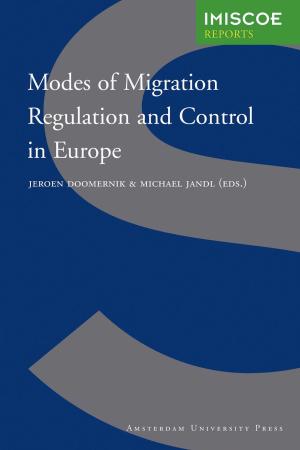"This important book emphasises how European countries individually and collectively are converging in their efforts to manage migration. The objective of most countries is to welcome skilled foreigners from outside the EU, rotate less skilled migrant workers in and out of the country and prevent unauthorised migration. The contributors to this volume review the external (border) and internal (workplace) controls of nine European countries, assessing their capacity to reduce unauthorised migration and providing a much-needed update to the pioneering work of Brochmann and Hammar 1999."
--Professor Philip Martin, University of California, Davis, Department of Agriculture and Resource Economics
|“The title itself signals the important contribution of this book to our understanding of migration. Its conceptual architecture allows us to sort the vast number of small research findings about migrations past and present, while also giving us the tools to clear the way in a
field overwhelmed by facts.”
--Saskia Sassen, Professor of Sociology, Columbia University, New York, and author of Territory, Authority, Rights

